VFA proposed a number of specific solutions on policy mechanisms, financial credit, and production activities; at the same time, proposed to supplement the mechanism regulating the floor price of rice exports to ensure efficiency for farmers.
 |
| Rice production at Tan Long Group Joint Stock Company - Dong Thap Branch in Dinh An Commune, Lap Vo District, Dong Thap. Photo: Nhut An/VNA |
According to statistics, rice exports from August 1-15 reached 456,768 tons, worth more than 155 million USD, down 19.89% in volume compared to the same period but up 30.81% in value.
Cumulative rice exports from the beginning of the year to August 15 reached 5.351 million tons, worth 2.883 billion USD, compared to the same period last year; an increase of 22.12% in quantity and 34.84% in value. This is the data that the Vietnam Food Association (VFA) has just reported to the Government Office on the situation of rice production and export and the implementation of the Prime Minister's Decisions and Directives.
Maintain stability
According to VFA's report, implementing the Prime Minister 's Decisions and Directives, the Vietnam Food Association has coordinated with the People's Committees of rice-producing localities to synchronously deploy tasks and solutions to implement the Prime Minister's instructions to VFA members and rice export traders.
Specifically, traders strictly followed the instructions of the Government and the Prime Minister, making efforts to take advantage of opportunities in the international rice market to promote trade, build advantages in large markets with the goal of promoting production and expanding export markets in a stable and sustainable manner. Thereby, contributing to the economic growth of the country in general and the rice production industry in particular.
As for VFA members, in addition to actively exploiting export markets and consuming all commercial rice for farmers at reasonable prices, they also ensure circulation reserves and are ready to participate in stabilizing the domestic market, contributing to ensuring national food security in all situations.
Regarding production progress, as of August 18, according to data from the Department of Crop Production under the Ministry of Agriculture and Rural Development and the provinces and cities of the Mekong Delta, the 2023 Summer-Autumn crop has harvested 926,000 hectares/1.482 million hectares of sown area with an average yield of 59.33 quintals/ha, estimated output of 5.495 million tons of rice; the 2023 Autumn-Winter crop has sown 420,000 hectares/700,000 hectares of planned area, with 11,000 hectares harvested.
VFA said that India's ban on rice exports on July 20, followed by the suspension of rice exports by several countries, has caused a shortage of demand for this essential food item, pushing rice prices up sharply compared to the previous period, which has had a major impact on the world rice trade market. Vietnam has taken advantage of the opportunity to exploit the market, improving efficiency for rice farmers. However, during the implementation process, Vietnamese rice export businesses have encountered some difficulties.
According to VFA, the rapid price fluctuations have led to a breakdown in the supply chain from farmers to traders to rice mills and rice exporters. The main reason is the psychology of waiting for prices, broken contracts, and difficulties for exporters in mobilizing goods to fulfill signed contracts.
VFA has issued a document requesting member enterprises to try to ensure the implementation of signed export contracts to stabilize and maintain the market, while negotiating with partners to extend delivery schedules to minimize losses due to price fluctuations. For new contracts, it is necessary to ensure that there are goods before signing; in cases where there is no contract, the purchase quantity should be limited to avoid fluctuations and disruptions in domestic prices.
Reporting regime of rice export traders, VFA said Currently, there are over 200 traders licensed by the Ministry of Industry and Trade to be eligible to conduct rice export business according to Decree No. 107/2018/ND-CP on rice export business.
Although there are specific regulations, most traders have not properly implemented the reporting regime, especially the status of signing and implementing export contracts and inventory at each point in time.
This affects the synthesis work, and there is no timely reporting data to serve macro management due to lack of information data. On the other hand, credit capital is currently the issue that most traders are most concerned about when most of them are facing many difficulties in accessing credit capital, especially working capital. Meanwhile, the rice trading market has fluctuated a lot in recent years, low credit limits have affected the purchasing progress of traders, and the lack of capital to buy rice for reserve purposes has reduced business efficiency and competitiveness.
 |
| Processing rice for export. Photo: Thu Hien/VNA |
Removing difficulties in credit and production
According to VFA, the world rice production and trade market in the coming time is forecast to contain many fluctuations and risks due to the rice import and export policies of some countries, unusual weather and climate changes, and the issue of national food security being put on top. Vietnamese rice export businesses strictly follow the direction of the Government and the Prime Minister.
In the above context, VFA proposes a number of specific solutions on policy mechanisms, financial credit and production activities. Specifically, regarding policy mechanisms, the Vietnam Food Association proposes to supplement specific regulations on reporting mechanisms and assign a management agency to the situation of signing and implementing rice export contracts and rice inventories of traders who are qualified to conduct rice export business according to Decree 107/2018/ND-CP of the Government.
At the same time, VFA proposed to supplement the mechanism regulating the floor price of rice exports to ensure efficiency for farmers in rice production, while ensuring healthy competition among rice exporters, especially between traders who have invested in production facilities according to Decree 109/2010/ND-CP and traders who rent warehouses according to Decree 107/2018/ND-CP.
Regarding finance and credit, VFA recommends that the Government and the State Bank consider a mechanism to support capital for traders to increase financial resources for rice purchasing activities, ensuring circulating reserves.
Regarding production activities, VFA recommends that the Ministry of Agriculture and Rural Development have a strict management mechanism for agricultural input materials serving agricultural production to contribute to ensuring the quality of output rice that meets food safety and hygiene standards, environmental protection, and the requirements of domestic and foreign markets. This is an important condition for successfully building the Vietnamese rice brand in the world rice trade market, thereby contributing to the goal of "green agriculture and sustainable development".
( According to https://www.vietnamplus.vn/vfa-kien-nghi-mot-so-giai-phap-cu-the-ve-san-xuat-va-xuat-khau-gao/892137.vnp )
.
Source








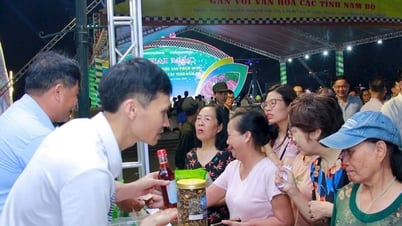

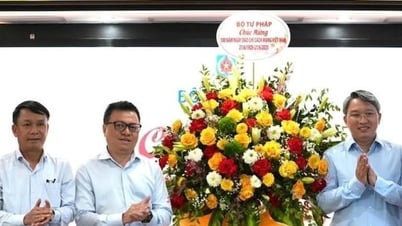








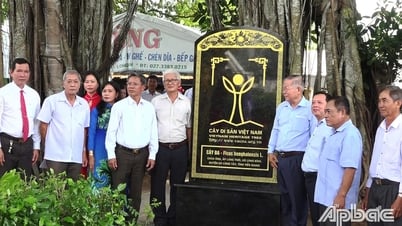

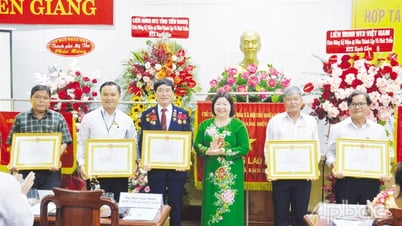


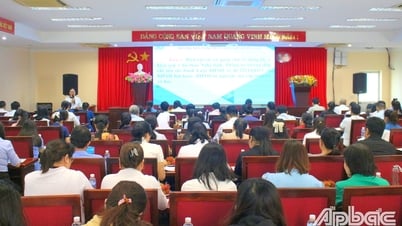
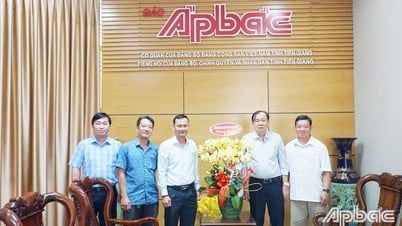






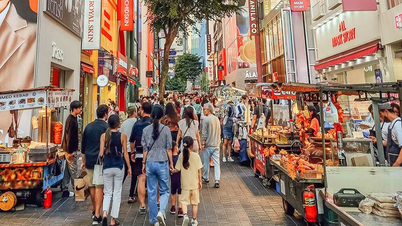

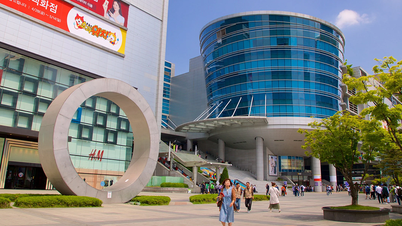




















































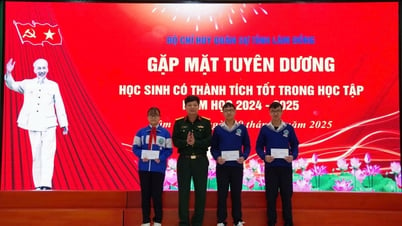

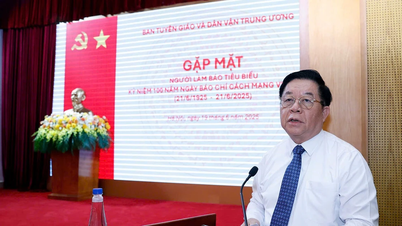

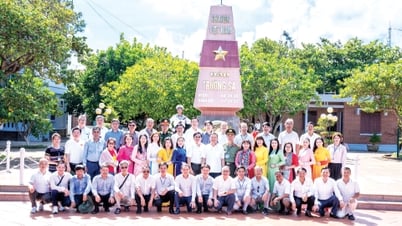















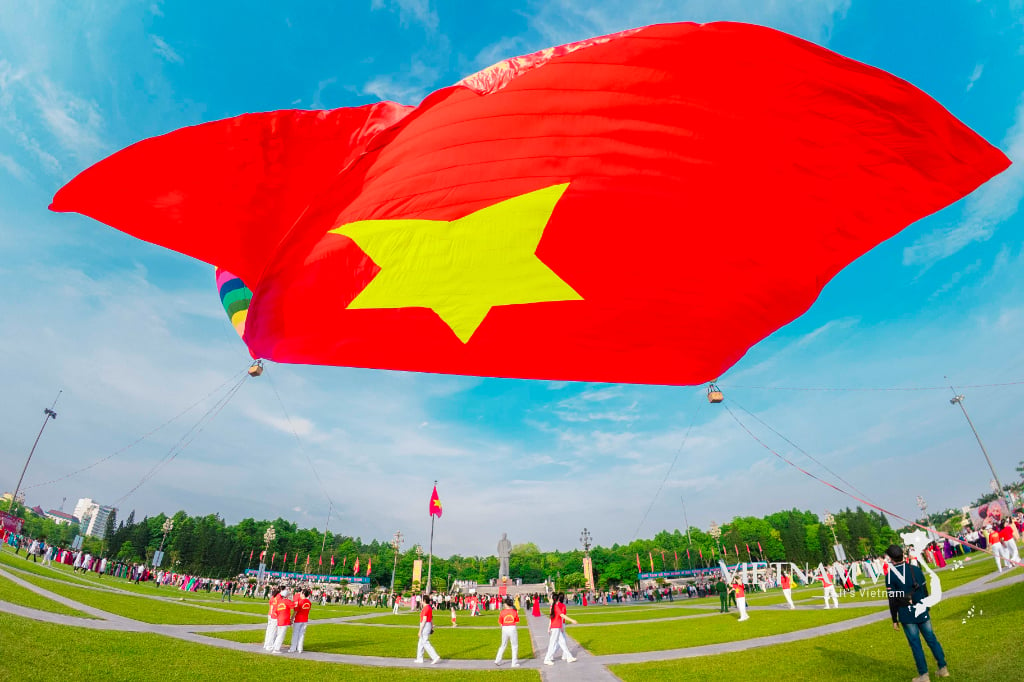

Comment (0)